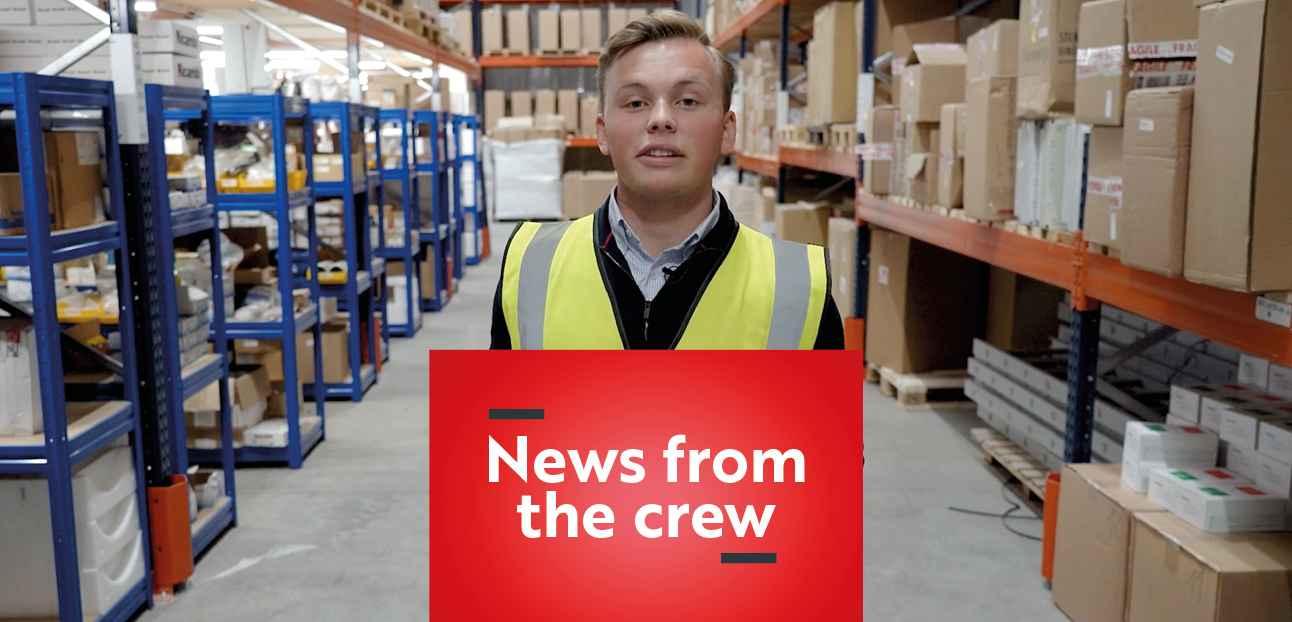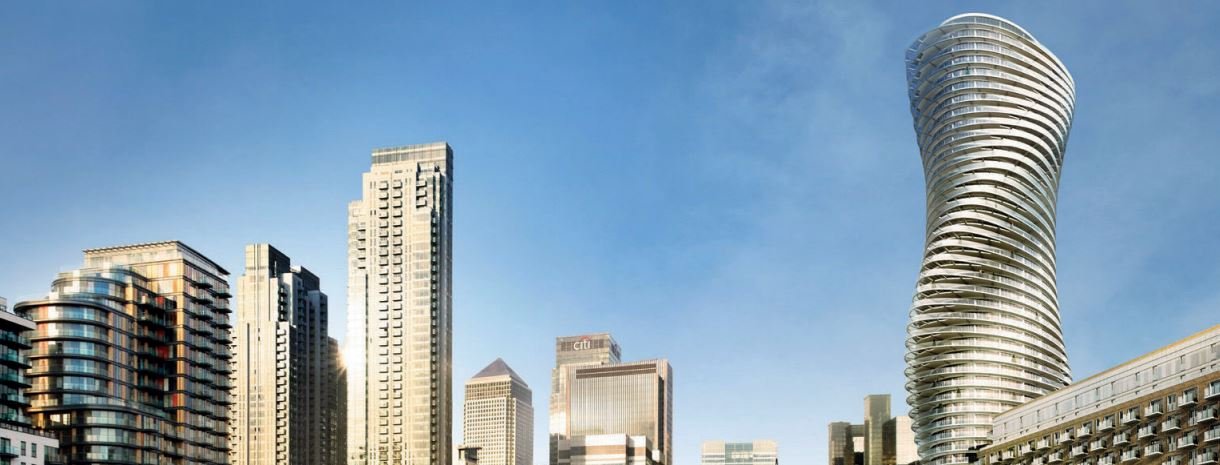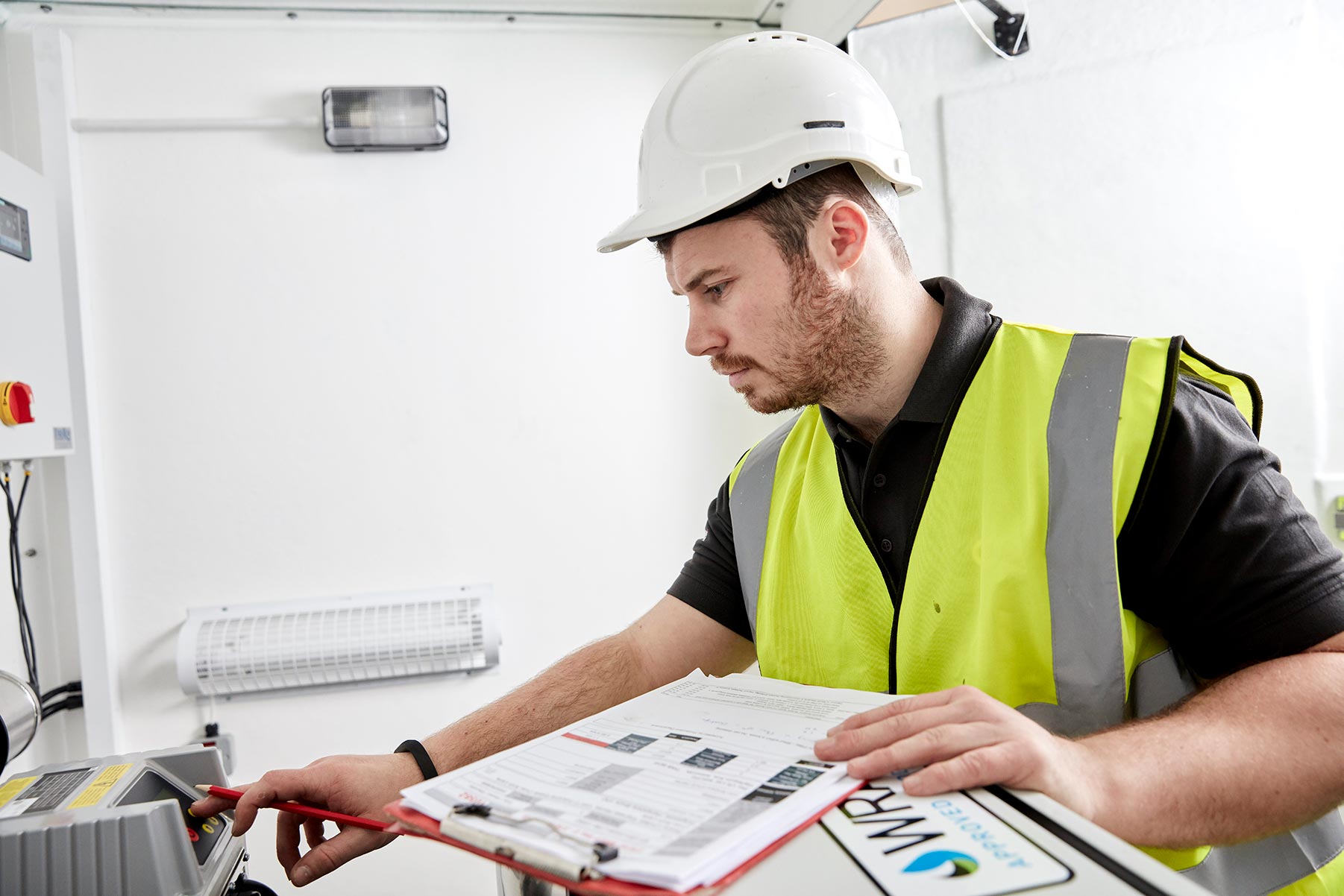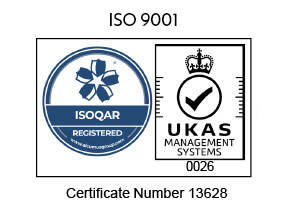Specifying an underground packaged plant room
Underground plant rooms aren’t always the first choice for a new construction project due to the high installation costs, slow onsite construction of concrete shuttering, groundwater issues and the need for confined space working when maintaining the plant room.
However, when they are used, they come with a lot of benefits which are spread across the stakeholders involved from architects to contractors including removing the need for planning permission (sometimes needed for above-ground plant rooms), hiding the pump room out of sight, reduced noise pollution and better control of water temperature.
With the negatives sometimes outweighing the benefits of underground plant rooms, what are the issues normally associated with underground plant rooms?
After spending a long time looking at and reviewing existing solutions, it was identified that traditional and existing underground plant rooms suffer from:
- High bespoke civil engineering design costs
- Extended site construction time
- High cost of shuttering, reinforcement and poured concrete
- Ground water entering into potable water storage tanks
- High maintenance costs
Confined Space Working
Starting with confined space restrictions, this was a key factor for companies choosing not to use underground plant rooms as they are considered high-risk and contain a number of hazards – if it’s not flooding, then it’s access issues or air quality.
The solutions that could be used to tackle these issues included:
- Mechanical ventilation
- Air quality monitoring
- Safety warning light system
- Full-size staircase
- Full length access door
- Flood bund
- Critical component resilience and battery backup
- Automatic inlet shutoff in event of flood
Installation
Installation is a big challenge to overcome for underground plant rooms as the traditional installation method is expensive and can take weeks to get everything in place ready for the concrete pour. Even once the plant room was installed there were issues with the structural integrity.
To get around these issues, a pre-packaged system with pre-installed shuttering is the best solution.
Protection of potable water
A key factor in any plant room design is ensuring potable water quality isn’t impacted in any way.
The constant temperature underground when coupled with variable duty ventilation removes much of the risk traditionally associated with storing water in hot plant rooms. An automatic system for the fast removal of nuisance water removes cross-contamination risk and issues related to gaseous discharges from stagnant water accumulation.
Recommendations:
Taking all of these issues into account, Dutypoint, have designed a modern underground packaged plant room called Optimise, that tackles and solves the challenges of a traditional underground plant room.
The key benefits of the Optimise underground packaged plant room include:
Safe Confined Working
We’ve designed out the need (in most cases) for confined space working making it much safer, easier and more comfortable to go underground.
Save Time On-Site
Optimise comes with its own pre-engineered and reinforced shuttering giving structural integrity to the plant room and typically saves two weeks build time on site.
Reduced Flood Risk
Optimise has a ‘bund’ area under a steel mesh floor to help reduce the risk of personal injury or equipment failure resulting from leakage internally or externally.
Expansion Pack
Optimise can be networked with additional underground plant rooms linking together to offer increased storage capacity and more space.
Easy Access!
Optimise uses a full-size steel staircase to access the plant room and the full-length hatch makes access and egress simple, even for larger items of equipment.
Monitoring
Built with air filtration, mechanical air ventilation and a warning light system to monitor the atmosphere, and warning lights in case of oxygen depletion. The control panel in the unit uses a touchscreen HMI as well as having a remote management system meaning all parameters can be operated anywhere in the world.
The only time someone really needs to enter the plant room is for performing a mechanical or electrical task, such as checking pressure vessel pre-charge or replacing a mechanical seal.
In conclusion
There’s no real comparison to this for any other system in the market. The concept of a complete underground packaged that you can drop into the ground with a really quick install. Everything else is very labour intensive. That combined with eliminating the confined space risk I just see as a total no-brainer.




 Lloyd Preston
Lloyd Preston  20 February 2024
20 February 2024 






